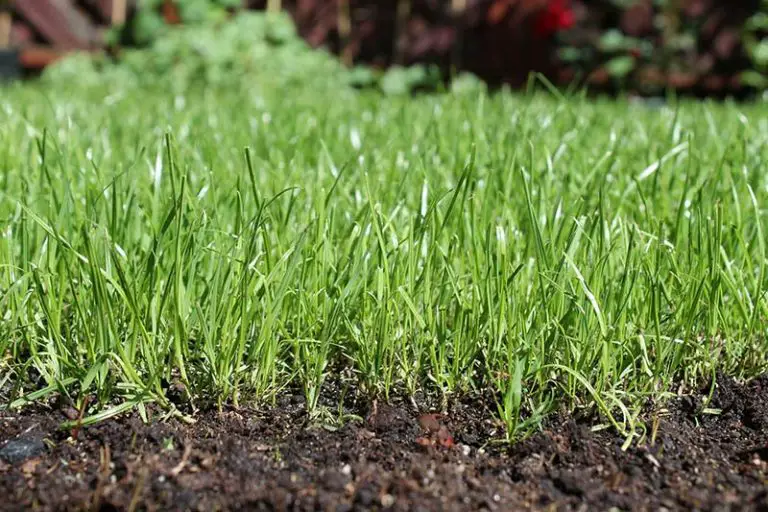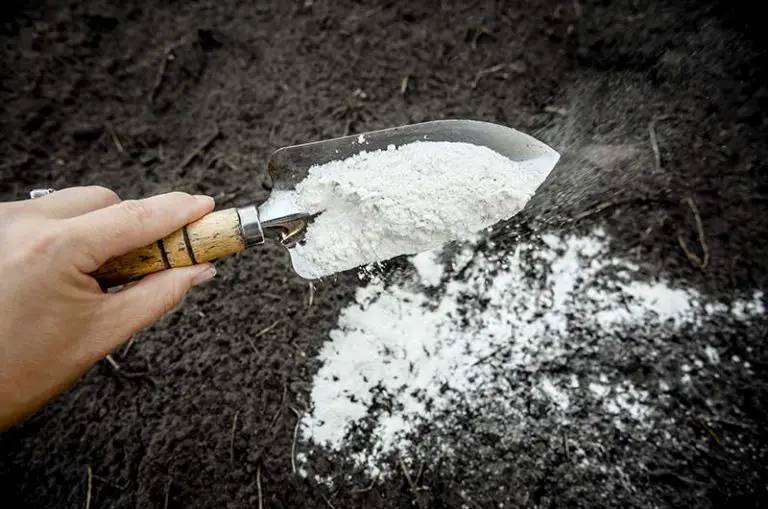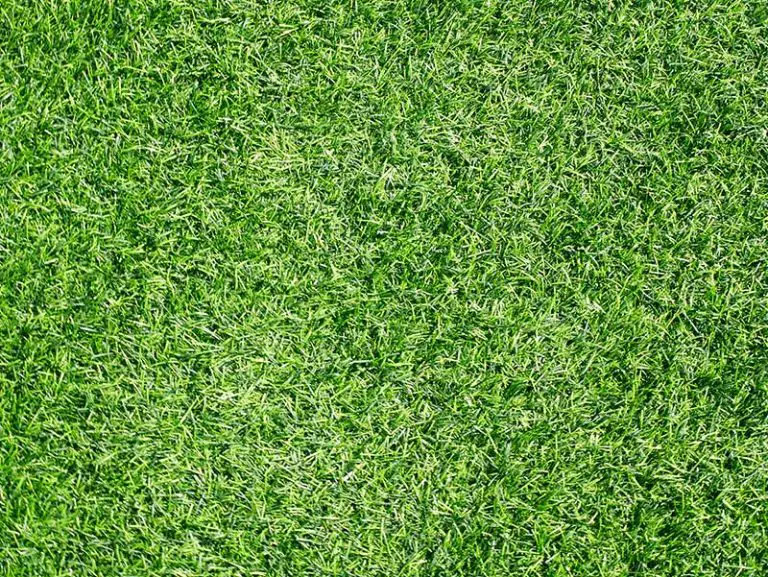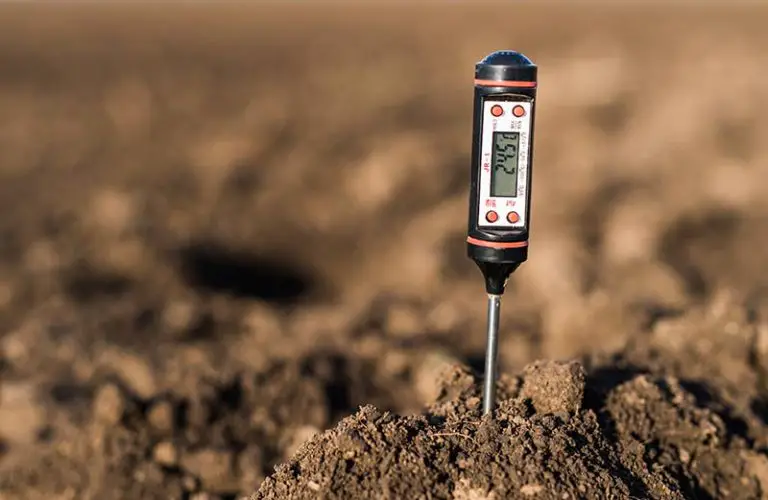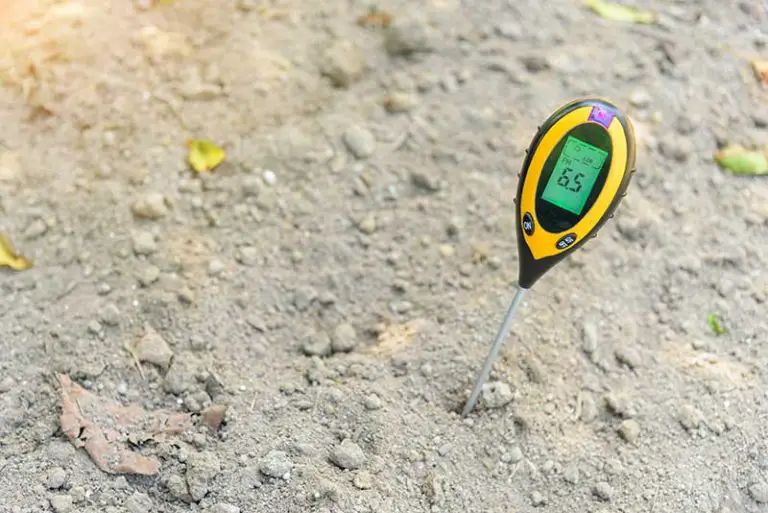What Does Lime Do For Grass: How & When To Apply
If you’re questioning why your lawn is looking yellow when you have done everything you can think of – maintaining a healthy cutting routine, fertilizing on schedule, watering regularly – then you may need to give it some lime to help it out.
You may have heard of adding lime to your garden, and if so, you might be wondering what the purpose of it is. Lime is really good for your lawn, and can be a great way to help fight back things such as moss.
So, if you’re wondering what does lime do for grass: how and when to apply, we’re going to cover everything in this article. You will soon be a pro who knows exactly when to add lime to the lawn, and the best ways to do it!
Adding lime to your soil is particularly important if you live somewhere with acidic soil. Grass doesn’t like highly acid soil, and will often struggle to grow in it. While it will usually still grow, you might notice that it is slow, yellow, thin, and susceptible to drought, heat, and cold.
Lime changes the pH of the soil and makes it much more suitable for grass. Your grass prefers soil that falls between 6.0 and 7.0, and adding a good amount of lime can help to achieve this, making the soil more alkaline.
Lime also adds nutrients that may be missing from other fertilizers, which your lawn may be lacking in. For example, an addition of lime can increase the levels of calcium and magnesium in the soil.
Calcium can help to improve root development and protect your plant from pathogens and viruses. It can also help to control the absorption of other minerals, such as zinc, copper, and phosphorus.
Magnesium boosts the grass’s resistance to frosts and helps it start growing again after its dormancy. Grasses that are magnesium-deficient will often turn yellow and start to droop.
Adding lime boosts both of these nutrients for your grass, giving it better growth rates and better protection from diseases and cold and hot weather.
Furthermore, it can make it more drought resistant and improve its endurance against being walked on – so in short, it really increases your grass’s resilience against all sorts of challenges.
Lime can also make the microorganisms in the soil healthier by providing balance, and may make essential nutrients easier for the grass to access, as well as adding to them. Overall, it’s a great and reasonably inexpensive way to improve your lawn’s health by giving it the optimum growing environment.
How To Know If You Need To Add Lime
You might be wondering if there’s a schedule that you should use to know when to add lime. Instead, it’s best to get a pH testing kit (or lawn testing kit) and test your soil’s acidity to find out whether you need to adjust the soil pH.
If you know what kind of grass you have, you can choose the exact acidity that it likes, but you can also just aim for somewhere between 6.0 and 7.0 if you prefer.
Grasses such as ryegrass and fescues enjoy more alkaline soil, while some grasses will tolerate lower numbers (though not significantly lower).
You may find it easiest to send the results of your test off to your county extension service for evaluation if you have one. This will give you an accurate idea of how much lime you should be adding. Alternatively, you can just guess, although your results may not be so good.
Doing this test is important before any application of lime; if you don’t need to add lime, it could make your soil too alkaline, and this might damage your grass just as badly as having acidic soil. It also wastes your time and money, so do the test first.
Too much alkalinity in your soil can cause problems such as iron deficiencies. This will lead to yellowing and you’ll have to spend more time and money correcting it. It could also affect the grass’s ability to absorb the magnesium. In short, it’s definitely a good idea to test before you add lime.
If you’re wondering how often to check the acidity, try to test your soil about once a year. If you notice that the acidity has changed dramatically in that time, increase the frequency.
If it doesn’t seem to change much, you may be safe to decrease it. However, do keep testing to ensure your grass is growing in soil that it can tolerate.
Signs That You Need To Add Lime
As well as remembering to test the soil from time to time, there are certain signs that you might use to indicate the balance of your soil is wrong.
Remember, however, that these may be signs of other problems than just soil acidity; you should still test the soil before adding lime, to make sure that’s the real cause of the problem.
Signs include:
- Lots of weeds and moss. This indicates your grass is struggling to compete with other plants, and there may be something wrong.
- Sandy or clay soils (both naturally acidic), which need checking and treating more often.
- Your lawn struggling with cold water, or seeming to feel the effects of a drought for a long time.
- Yellowing grass.
- Indications that fertilizer isn’t being absorbed properly (the wrong pH can affect how easily your grass can access the nutrients in the soil).
When Should You Add Lime?
You can add lime at almost any time of year if you do a test and find it’s desperate, but ideally, you should look to add lime in the fall, or early spring. You should not add lime to grass that is dormant.
If possible, it is best to add lime in the fall, because then it has the winter to be absorbed and washed into the soil, ready for the burst of spring growth. However, the best time to test is spring, so many people prefer to add lime in the spring, while they have the results and they are thinking about it.
You want to ensure your grass is in reasonably good condition before you spread lime on it. If the weather has been dry and your lawn is a little wilted, give it some time to recover first. Equally, if it is sopping wet, try and let it dry out a bit; adding lime to wet grass isn’t a great idea.
Don’t apply lime when there are heavy frosts. Wait until the frosts are over, or try to lime before they start. Very early fall is the best time of year.
If you are thinking of reseeding your lawn and adding lime, dress the lawn with lime first, and then reseed. You don’t need to wait before planting the seeds, but it is best to let the lime have time to take effect first, so your young plants are growing in suitable soil. This is especially true if your pH balance is significantly off.
Ideally, you don’t want to be adding lime and fertilizing your lawn at the same time. When you add lime to your soil, make a note of the date and wait a few weeks before piling on some fertilizer. You should also avoid adding lime around acid-loving plants such as blueberries and azaleas, as it may kill them quickly.
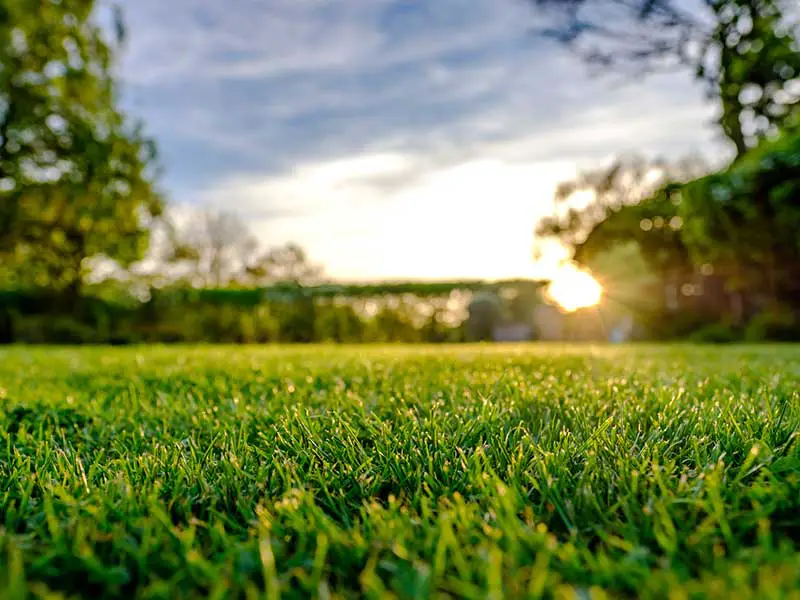
How To Add Lime
You might be wondering how you actually add lime to the soil. You should start by aerating thoroughly; this will help your lawn in many ways, but will also ensure the lime can penetrate deep into the ground and have the maximum effect.
Next, purchase your lime. You can buy ground lime, or pellets of lime. Pellets may prove more effective because they are less likely to blow away if the wind picks up, but they might take a little longer to be fully absorbed by the soil.
If you sent off your pH test, you may get a recommendation about how much lime you should apply to your soil to get it to the right acidity level. Alternatively, you can use rough estimates; as long as it ends up somewhere between 6.0 and 7.0, your grass should be happy.
Do not go overboard on the lime, especially if your original pH reading was closer to 7.0 than 6.0. This is a waste of money and could damage your grass more than help it.
As an estimate, a 40 lb. bag of lime should cover approximately 1000 square feet. Make sure that you buy enough so you can complete the treatment in one go, or you might struggle to get an even application.
Use a rotary spreader to apply the lime to your grass. This is important because it will ensure the lime gets spread out (key to balancing the pH) and it also stops you from having to handle the lime. Lime is a potential skin irritant.
It’s best to wear gloves, long sleeves, and possibly a dust mask if you are applying powdered lime (or even the pellets; better safe than sorry). Try to avoid spreading powdered lime on a breezy day, as you will have very little control of where it ends up. Remember not to apply lime to a wet lawn.
If you don’t have a rotary spreader and you can’t or don’t want to hire one, you can use pretty much any other system to shake the pellets (or powder) over your lawn, as long as you aren’t handling the lime. People create all sorts of clever ways to apply lime; just try to get an even spread so you don’t end up with imbalances.
Many people like to spread lime in a crisscross pattern, by applying half of it while walking horizontally across the lawn, and the other half while walking vertically. This can help to get an even treatment and prevent clumping.
Once you have finished adding lime to the yard, a light watering will help it to soak into the lawn. However, make sure you don’t wash the pellets away before they have time to sink into the soil and disperse.
You can also use a liquid lime spray, but this can be trickier to apply evenly, because it will rapidly soak into the ground. That does mean it will quickly replenish the calcium and correct the pH levels, but it could make the application patchy. It can also be time consuming to apply, as you will need to use a hand sprayer.
Tip: If you’re a pet owner and you’re concerned about using lime somewhere that your pet might find it, read our article Does Lawn Lime Hurt Pets for more information and safety advice on using lime around your yard.
Why Does My Soil pH Change?
You might be wondering why your soil pH changes and whether you can stop it from doing so to avoid needing further lime applications in the future. However, there are a number of things that tend to lower the pH number (making it more acidic) and few can be controlled by the average gardener.
A big one is acid rain; if the water in your area is acidic, rainfall will constantly be adding to the acidity in the soil. Even if the rain isn’t acidic, it is often responsible for leaching away calcium and pushing it deep underground, making the surface soil more acidic. Heavy rains cause more acidity.
Some aspects of lawn maintenance also tend to lower pH levels. For example, adding fertilizer to the lawn can slightly increase the acidity, as can irrigation and the general activity of microorganisms and healthy garden processes.
You can’t prevent any of these things from happening, so you will generally just have to check the soil’s acidity from time to time and correct it when necessary. If you live somewhere with acidic water or heavy rains, you will probably have to do it more often.
Conclusion
So, if you’ve asked what does lime do for grass, or how and when to apply lime to the lawn, you hopefully now have all the answers. Lime makes your soil more alkaline, which grass tends to prefer, and can create a much healthier growing environment.
It also boosts the nutrients available to your grass, adds calcium and magnesium, and helps microorganisms grow. It can make your grass more resilient and help with yellowing, and it’s a relatively inexpensive way to improve your grass and get that picture-book deep emerald look your neighbors will covet.

